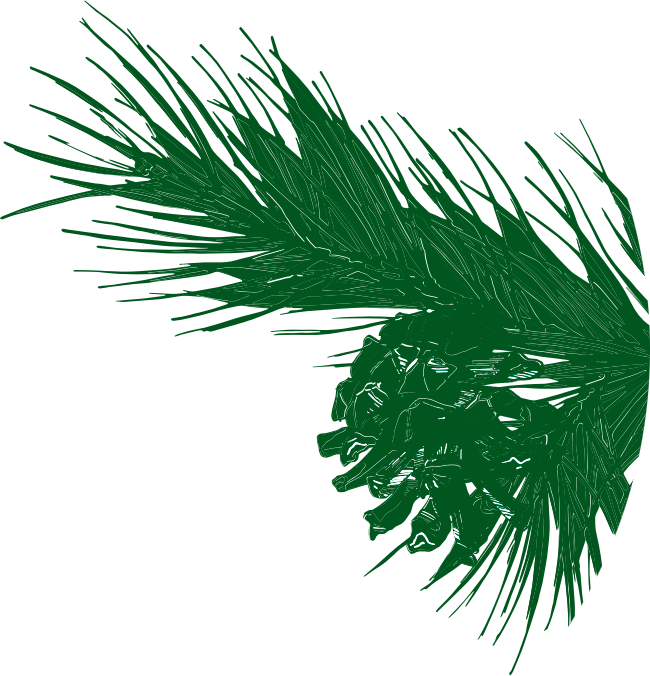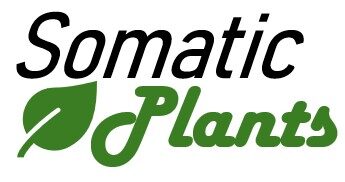Expected results
Quality and innovativeness
The consortium has long-standing R&D activities and cooperation in the field of conifer somatic embryogenesis. The quality and innovative, sometime breakthrough aspects of MULTIFOREVER is relying on:
- Partners’ published and/or patented work recognized worldwide from fundamental to applied studies towards expertise in all aspects of somatic embryogenesis in conifers including up-scaling and automation.
- the development of an operative multinational plan supported by stakeholders for the design and implementation of the first pilot facility for EU-wide, cost-effective somatic embryo production (based on WP2 and WP4 up-scaling developments)
- data collection from existing field trials of somatic trees and establishment of new ones (WP3). Field tests are highly valuable to both scientists/breeders (exploitation of data) and forest actors (exploitation of results). Currently, there are only a few trials available worldwide for conifers, some by partners of this project (FCBA, HUB, LUKE) for ca. 20 years.
- international, multispecies joint efforts of leading experts to initiate somatic embryogenesis directly from vegetative explants of selected trees (WP1). The ability to directly propagate trees (without the need for seeds) would considerably shorten the timeframe for selection and deployment of new varieties in conifers.


